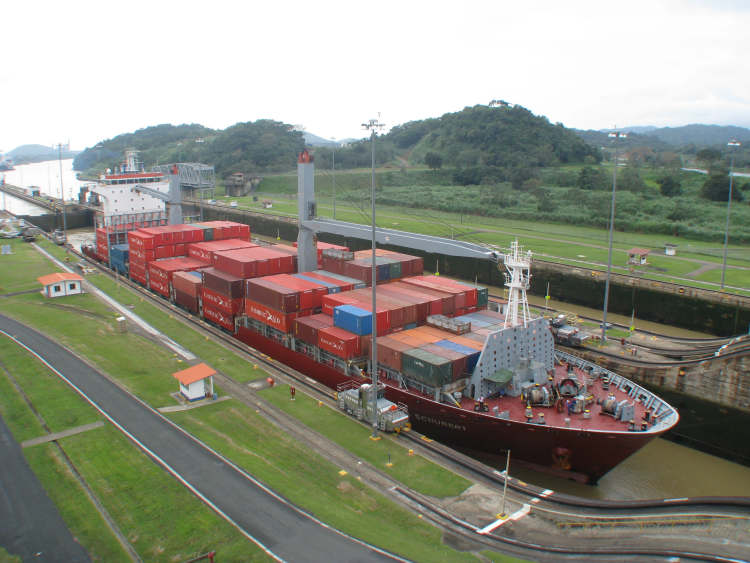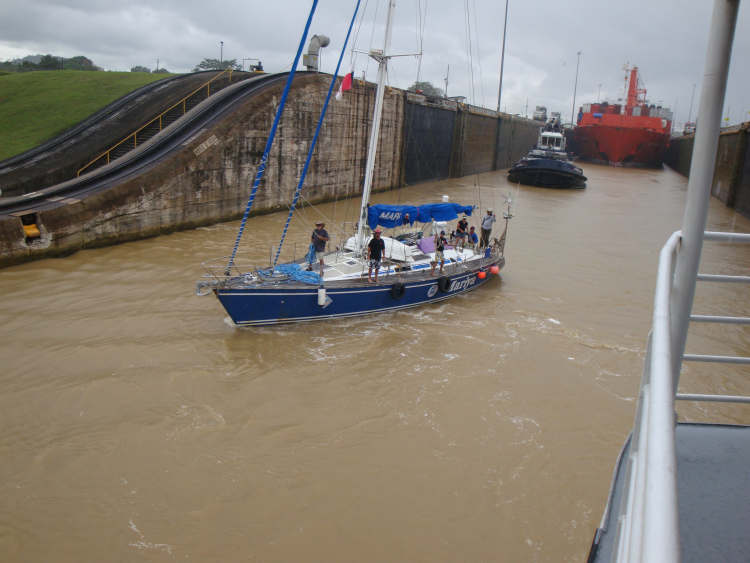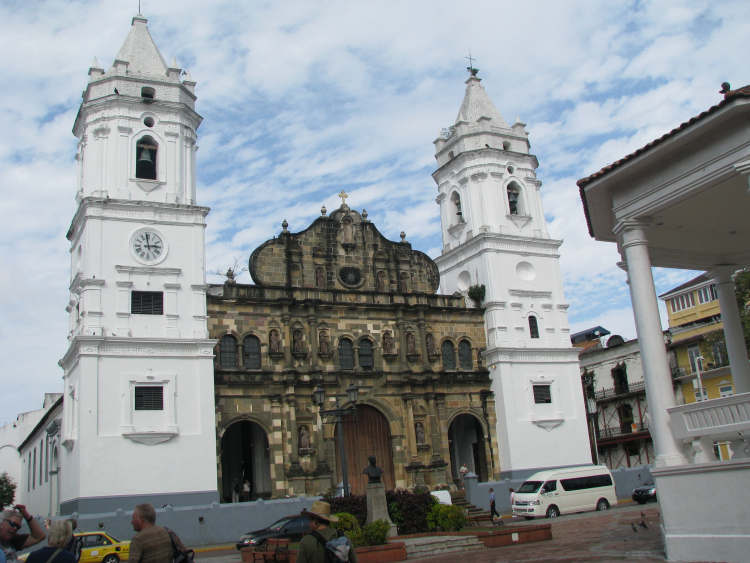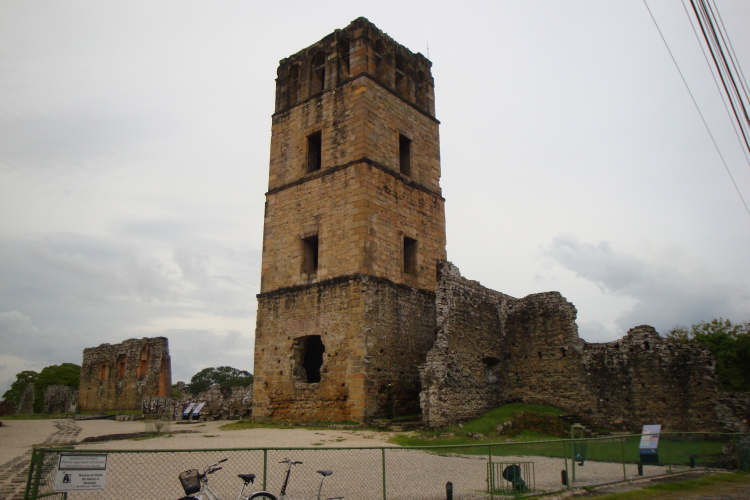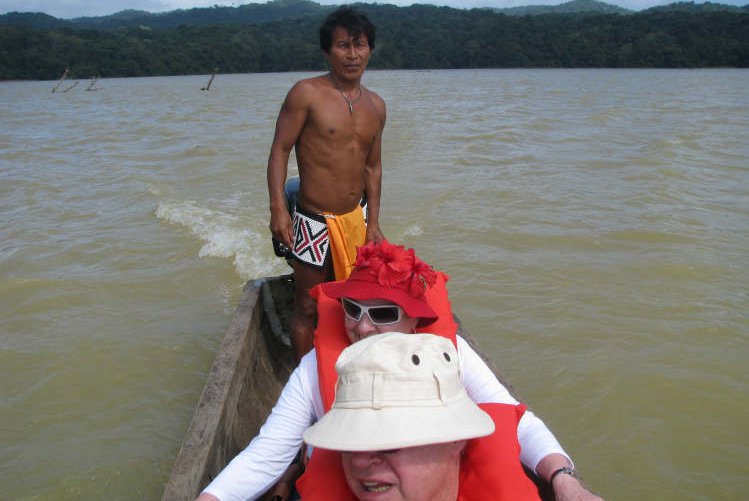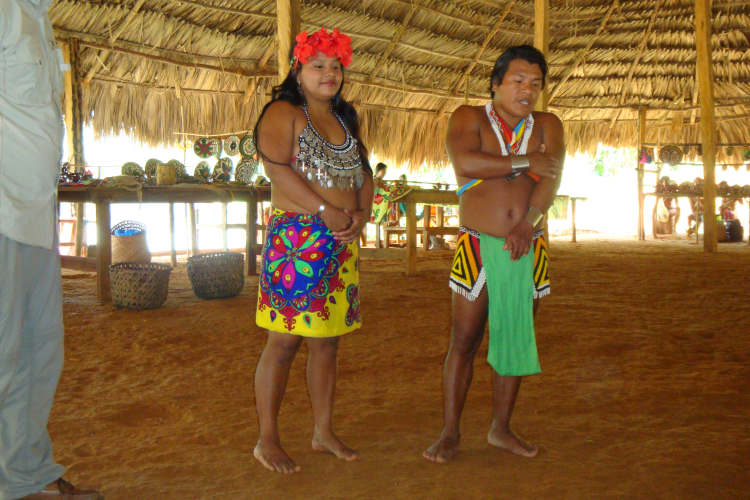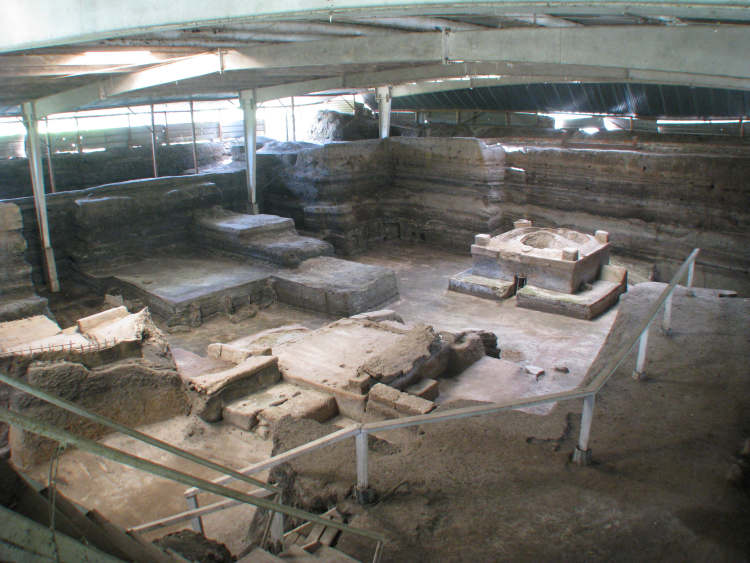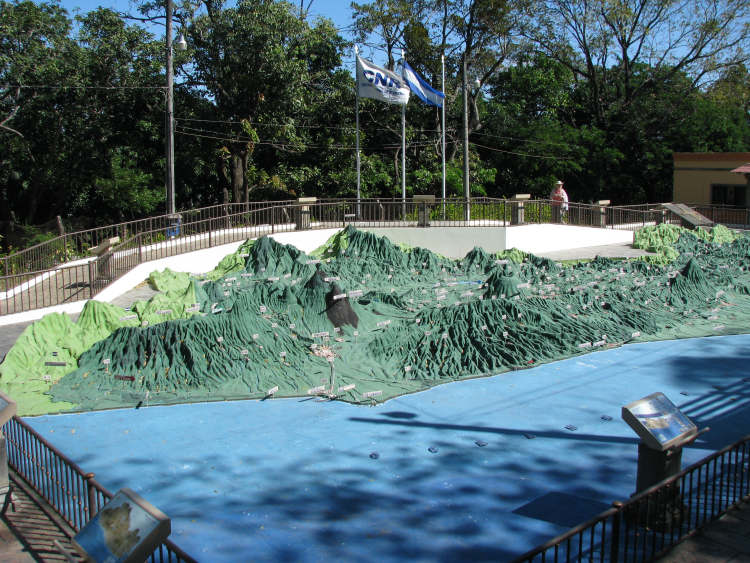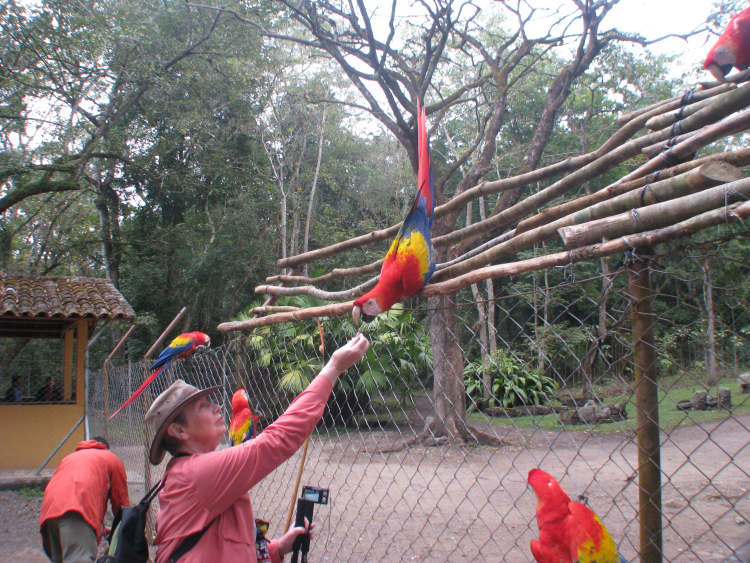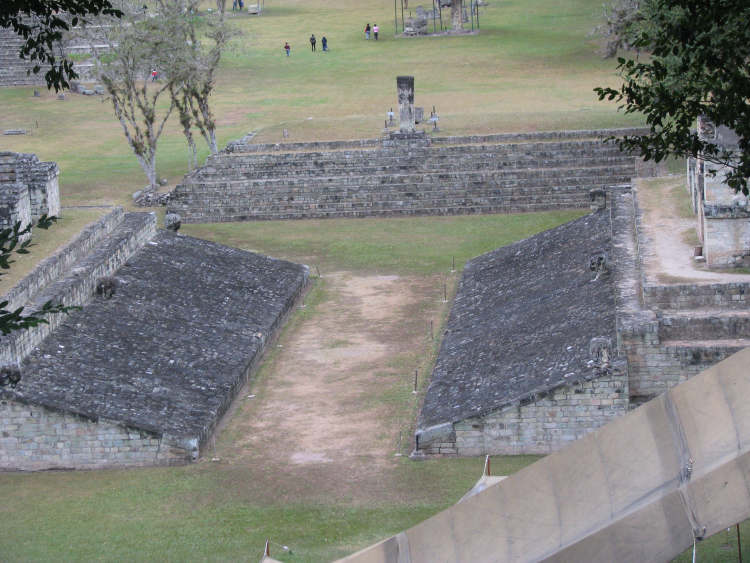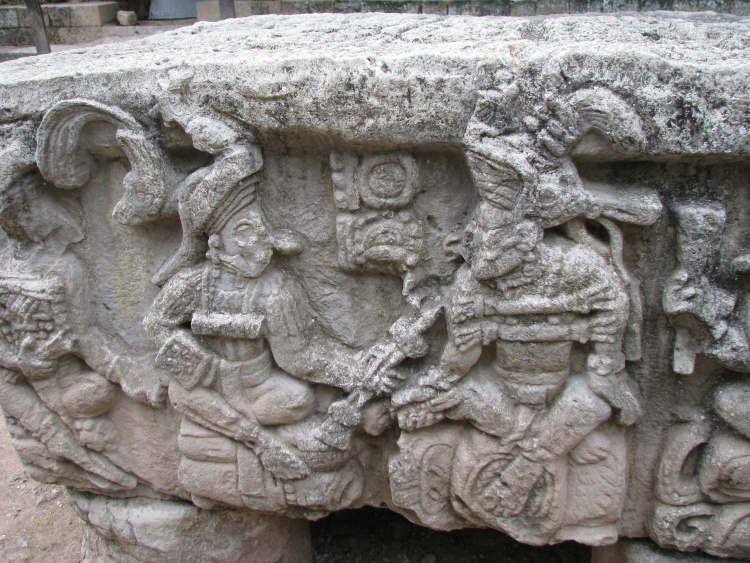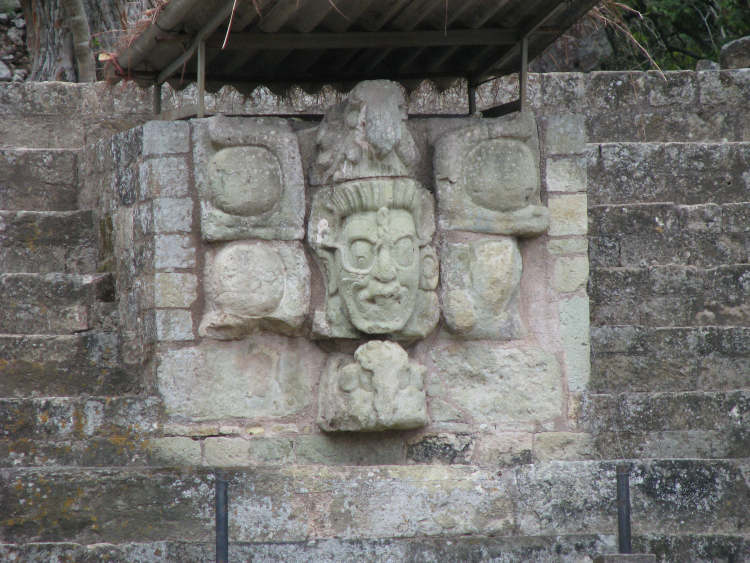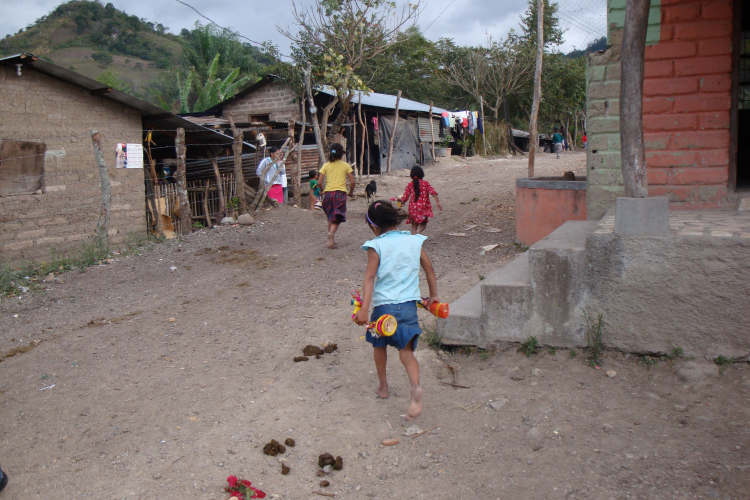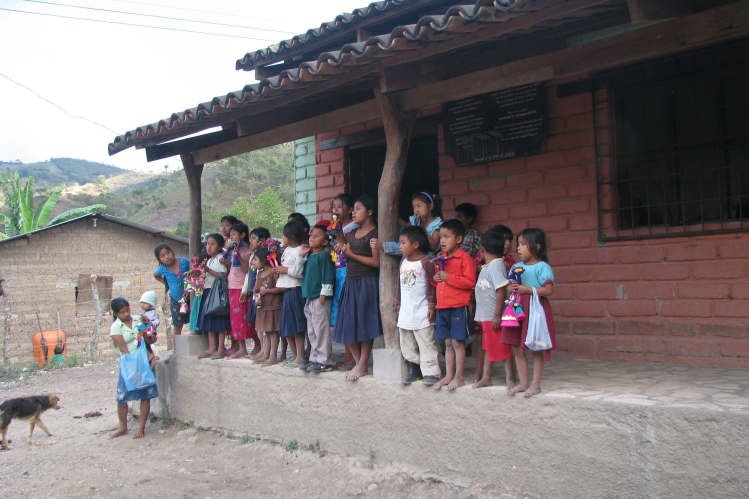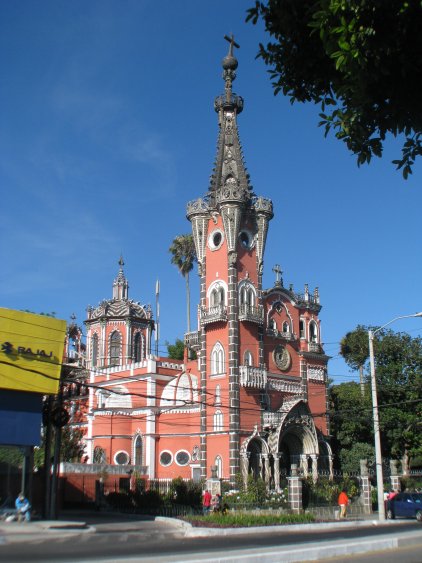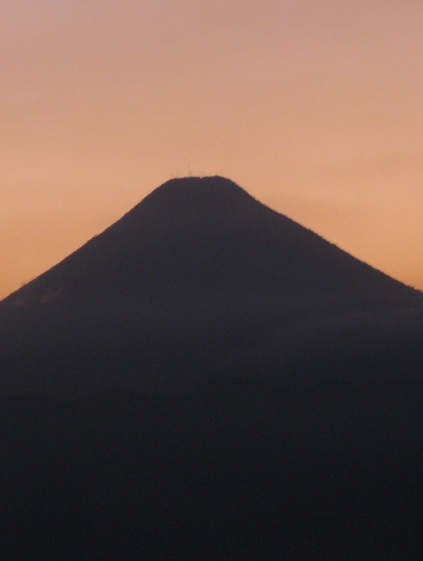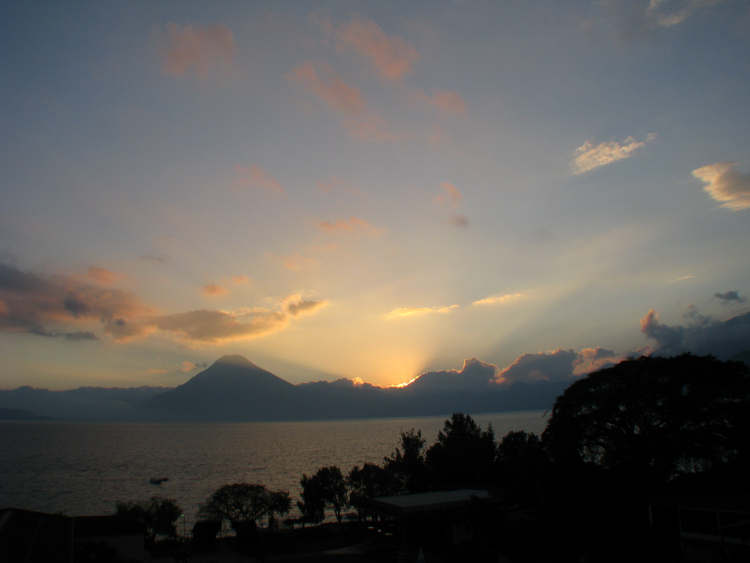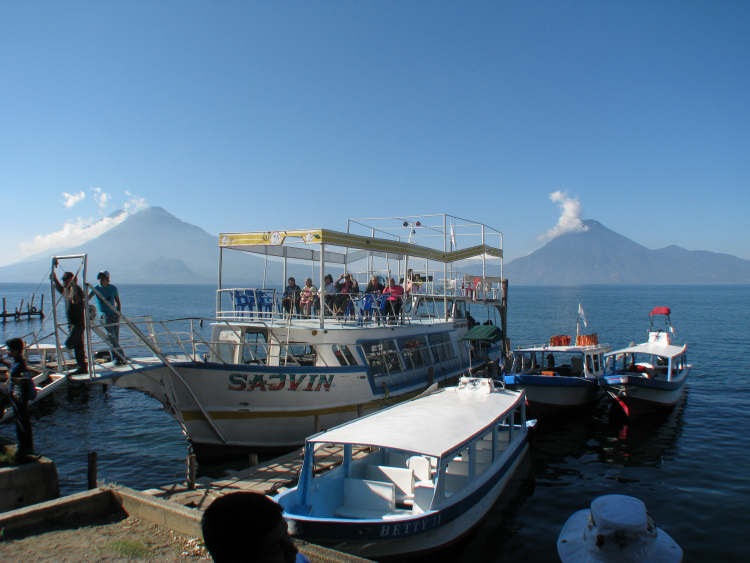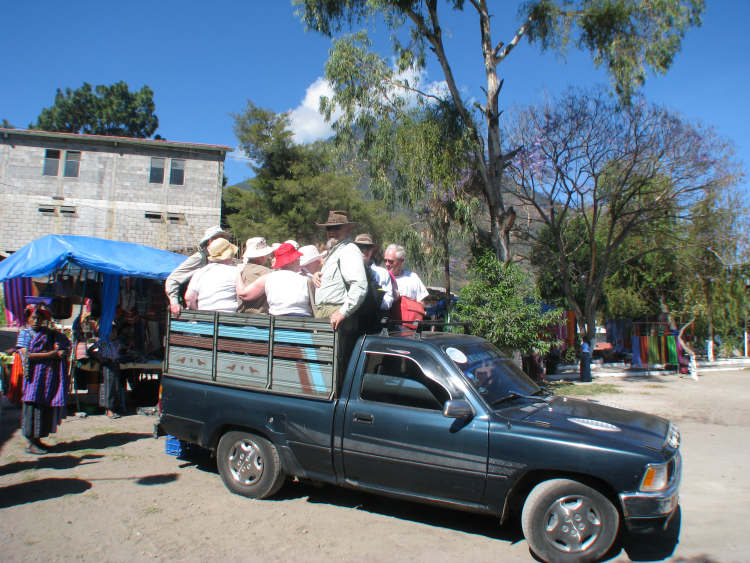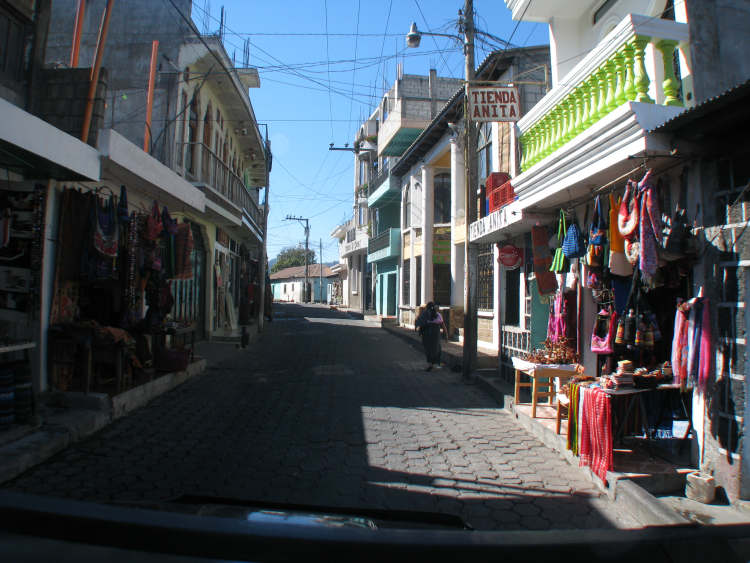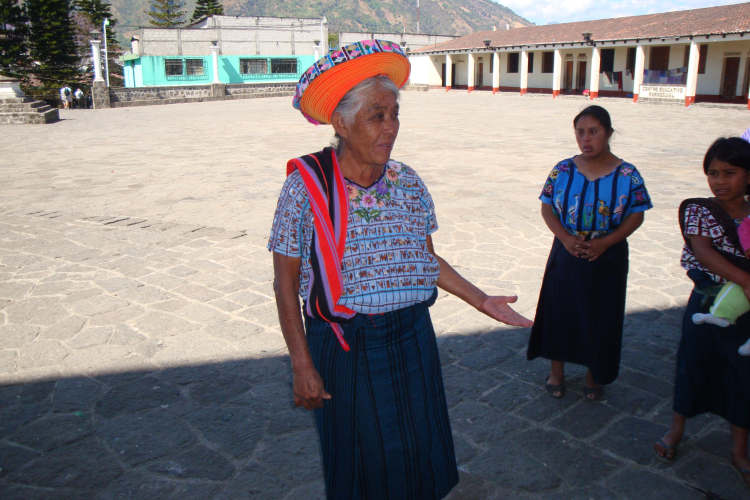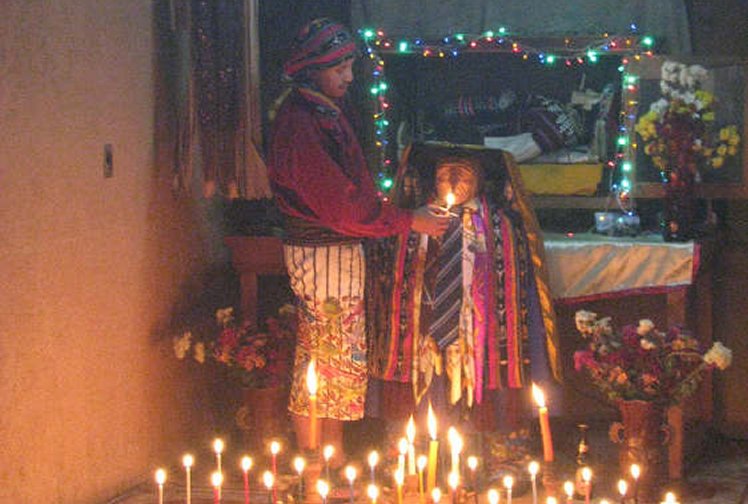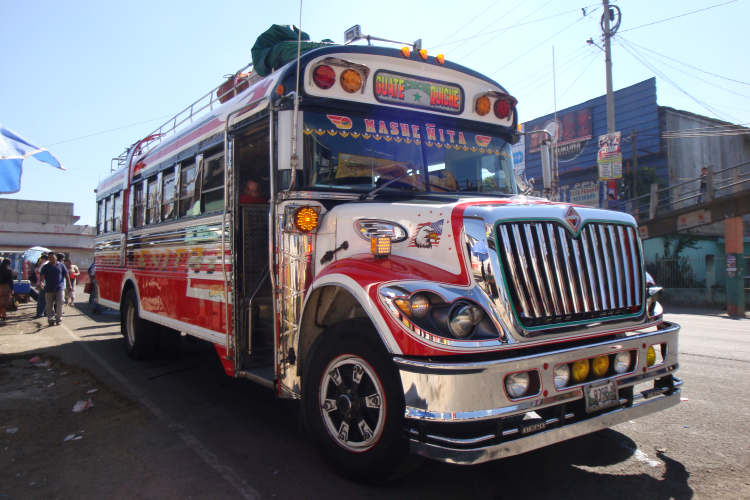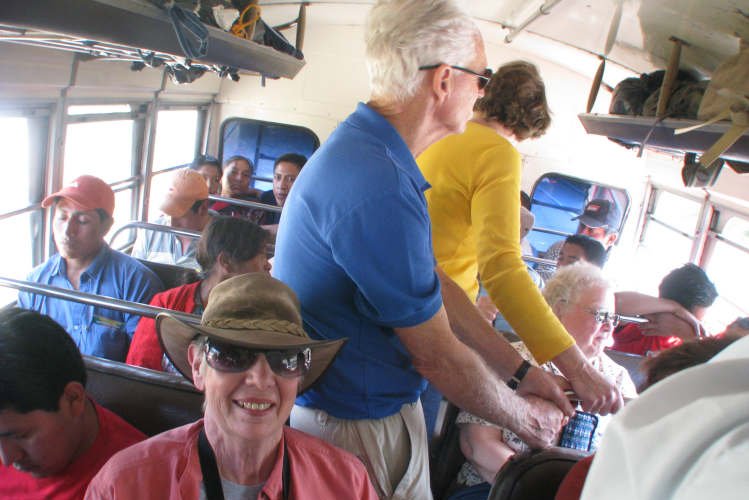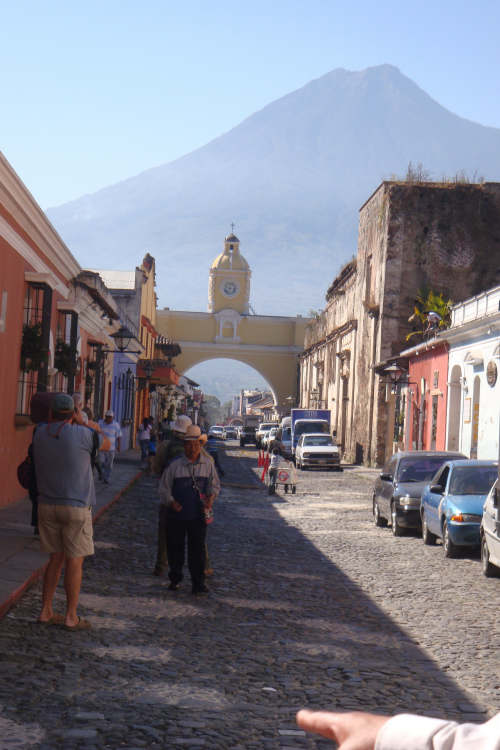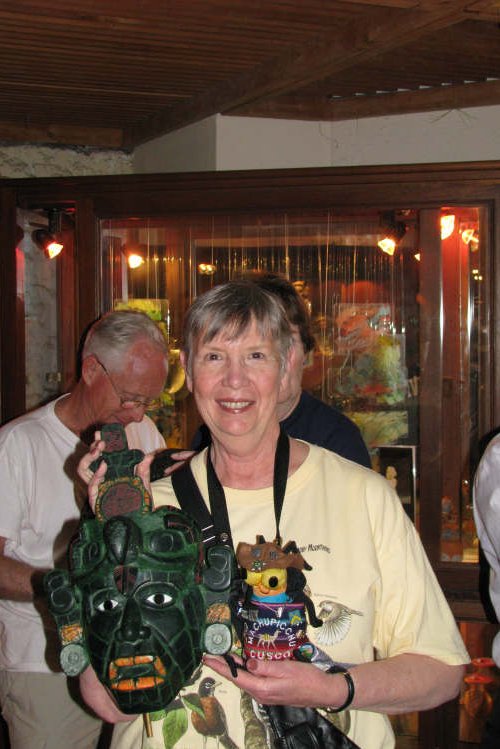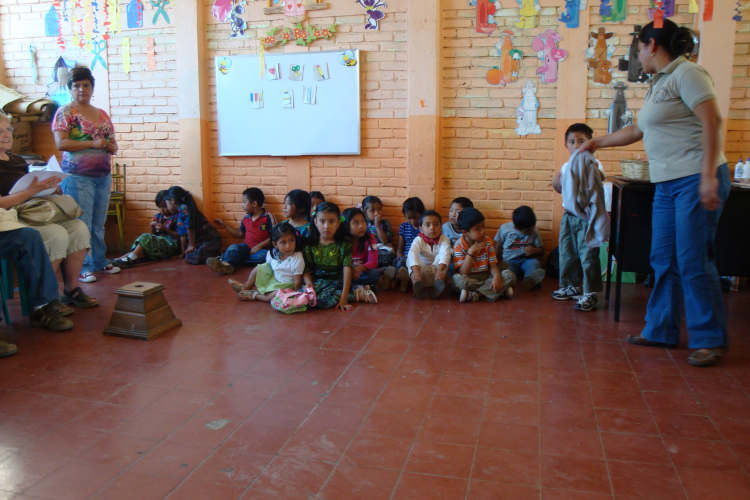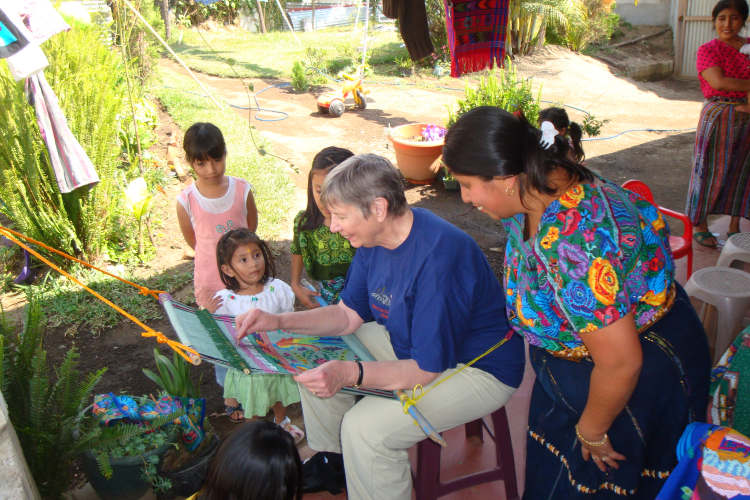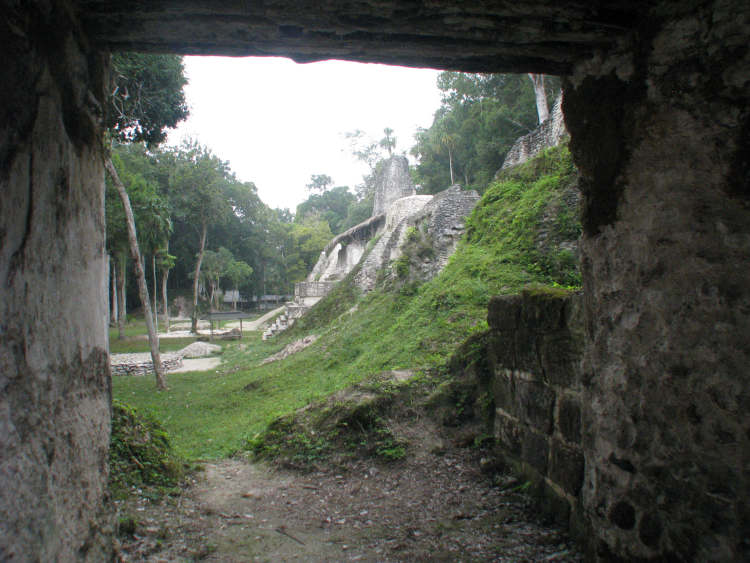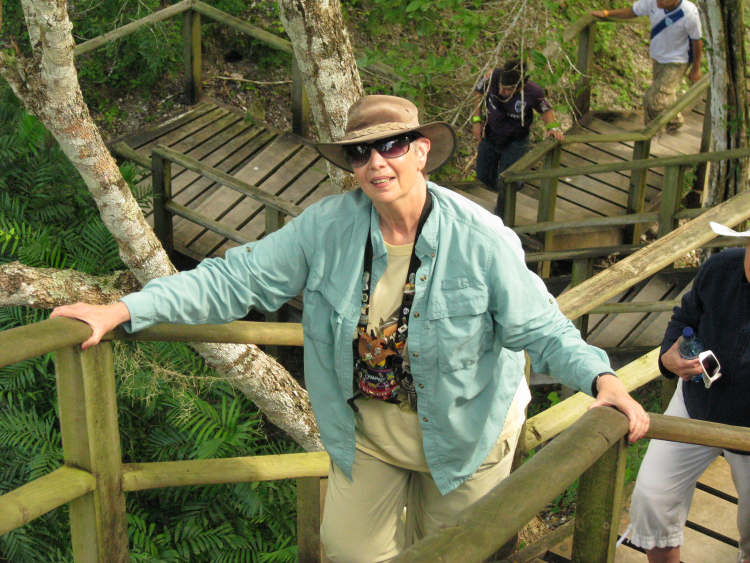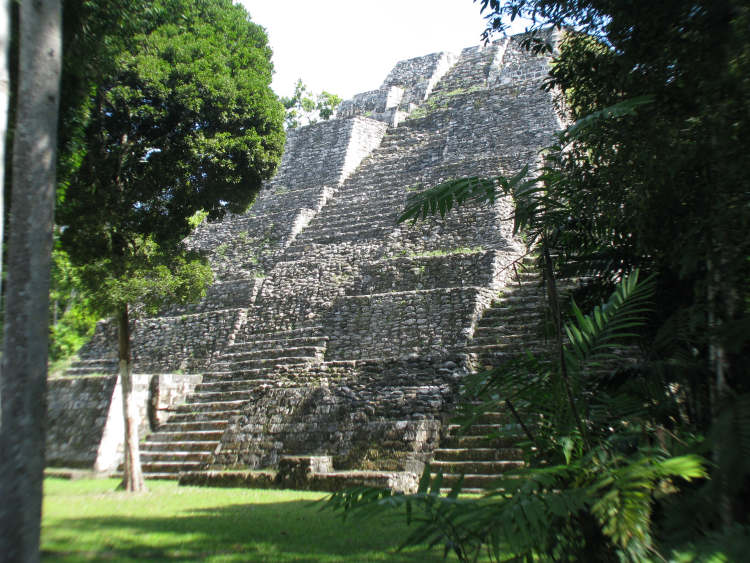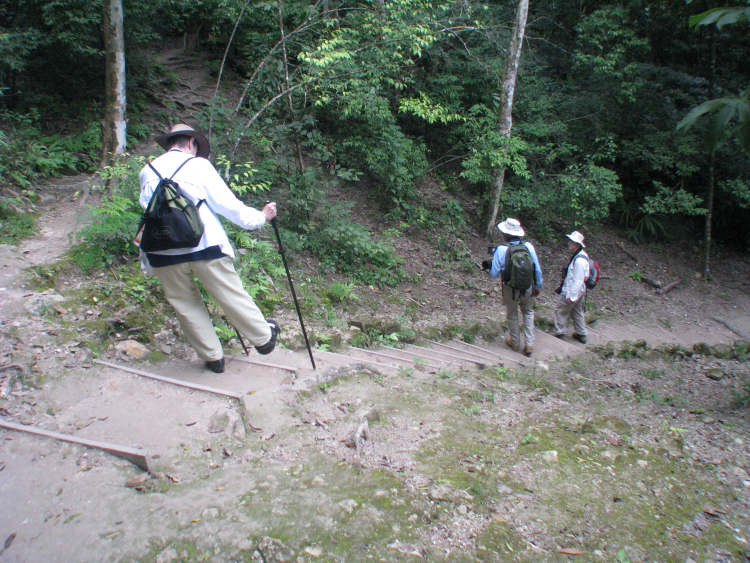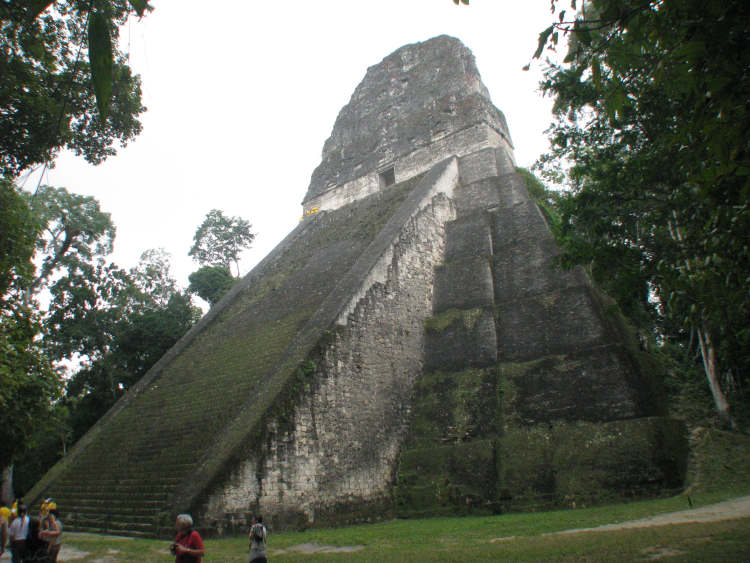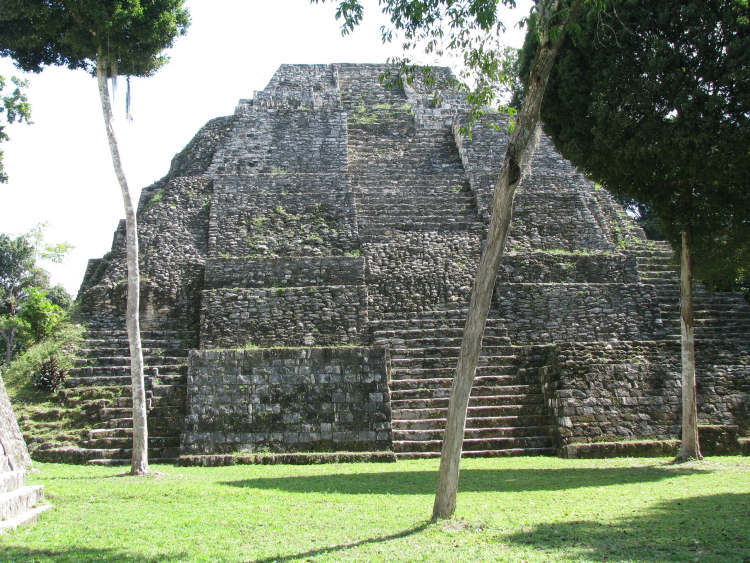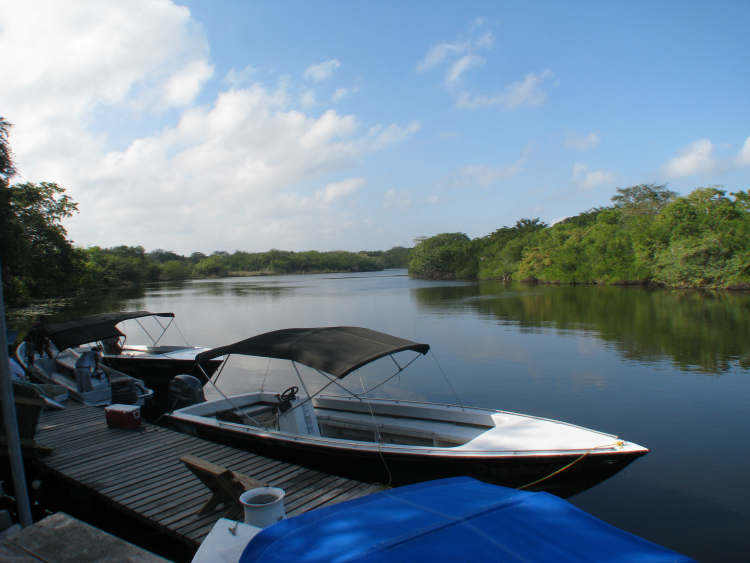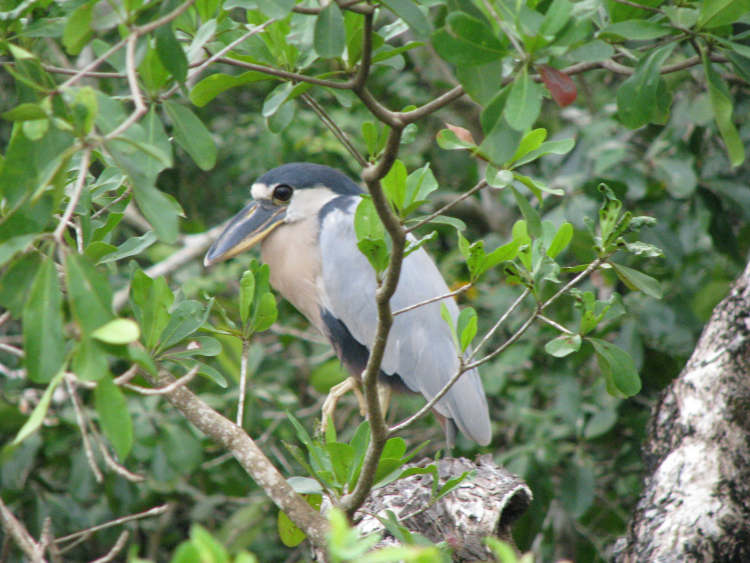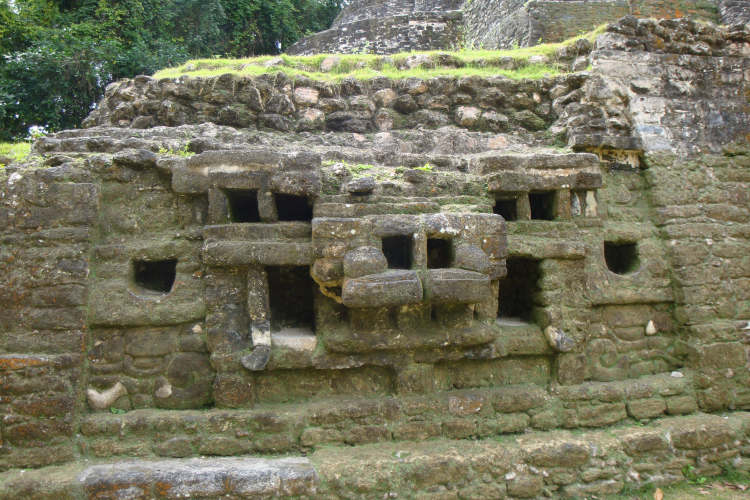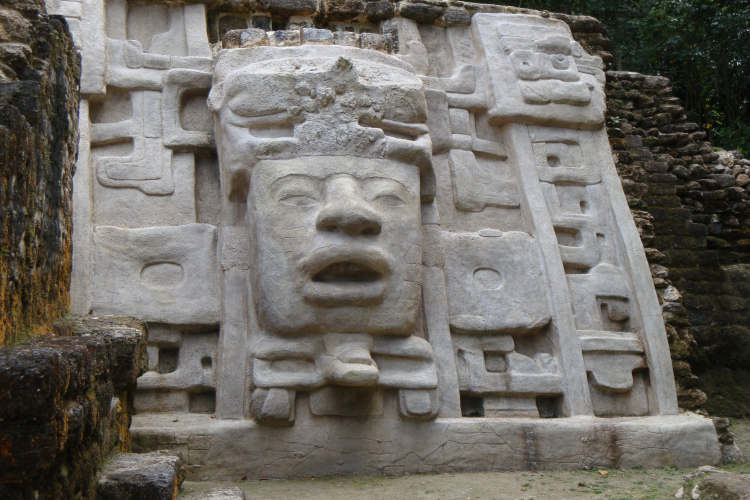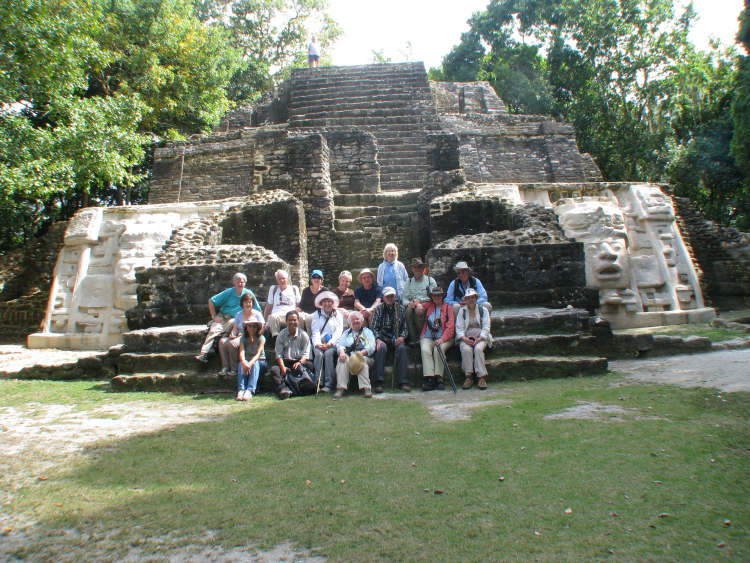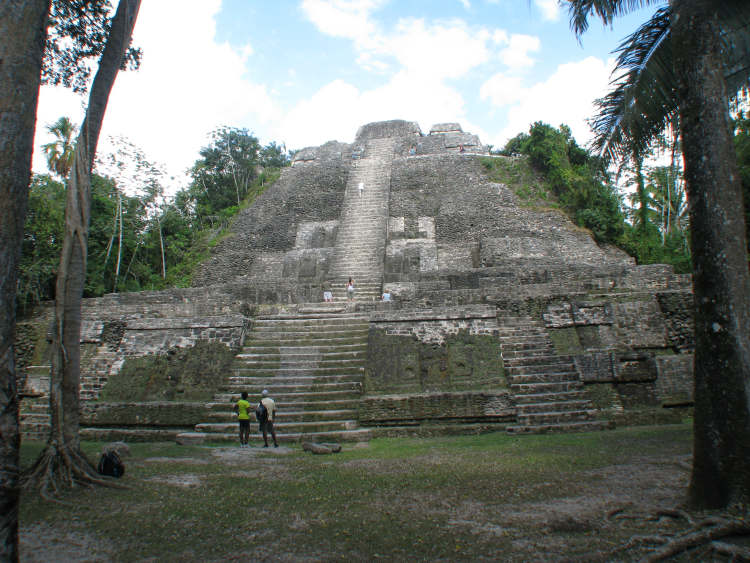Central America-2011
J.T. and Diane Smith
During our four-day visit to Panama, we made a partial transit of the Canal; toured the colonial section of Panama City and the ruins of the original town, sacked by Henry Morgan in 1671; and visited an Embera village.
From Panama, we flew to El Salvador to begin the main part of our trip entitled The Route of the Maya. As the name implies, the focus of the rest of the trip was on what remains of the once-massive Mayan civilization. Our first stop, Joya de Cerén, a Maya village that had been buried by a volcanic eruption much as was Pompeii. We also visited an army post where they have constructed a scale, topographic model of the entire country.
Next, we traveled to Honduras to visit Copán--the most elaborate of the Mayan cities--decorated with many well-preserved stone carvings. At the entrance, you are greeted by magnificent macaws hoping for peanuts which they deftly retrieve from your hand. Not far from Copán is Las Sepulturas, where the aristocracy of Copán actually lived–sort of an early version of an upscale suburb.
Our final activity in Honduras was a visit to La Pintada, a current Maya village in the hills overlooking the valley of Copán. Many of the modern Maya live in small, communal villages such as this one. Theirs is a meager existence based on traditional agricultural methods, but they seemed quite happy in spite of the sparse conditions they endure.
The next day, we traveled to Guatemala City, basically for a bus tour and an RON. Dominating the skyline were the cones of the many volcanoes that shaped the land in this area.
The following day was spent traveling to Panajachel on the shore of Lake Atitlán, with a brief stop in Solola to see the large market held there each week. Part of this journey was made in a Chicken Bus. More about that later. Mile-high Lake Atitlán is located in the caldera of what was once a huge volcano.
We boarded a boat to cross the lake to Santiago Atitlán. Once ashore, we crowded aboard a Picochapin--a standing-room-only, full-neighbor-contact Toyota pickup with a centerline handrail and side rails–for a ride up the steep main street to the plaza where we browsed through the markets and toured the cathedral.
At one point, we entered the home of a local Shaman to witness a covert Maya religious ritual. What ensued was a strange mixture of original Maya incantations to a cigar-smoking deity known as Maximon and fragments from a Catholic Mass in a pigeon-Maya/Latin/Spanish dialect. This was a unique experience not commonly available to most tourists.
Ever wonder what happens to old Blue Bird school buses when they die? Many find their way to Central America where they are converted into highly decorated Chicken Buses. Firstly, they are shortened by removing several feet from the back of the bodywork. Then their rear axle is moved forward to shorten the wheelbase. Finally, their automatic transmission is replaced with a multi-ratio manual. The resulting vehicle is more nimble and reliable as they traverse the many miles of narrow, winding, steep mountain roads at the maximum speed the traffic and the driver’s Cajones will permit.
Into these machines they pack as many people as will physically fit both sitting and standing and sometimes even on the roof with the luggage, cargo, bicycles, and–wait for it–chickens (hence the name). A ride on one of these is an experience that should not be missed. Just force your way onboard and hang on.
Next, it was three days in La Antigua, an old city that fights to retain it’s colonial look and feel. The cobble-stoned streets are narrow, and the buildings all retain their original facade and exterior appearance even if their current use is wholly different from the original purpose. If you’re in the market for jade, this is the place to shop.
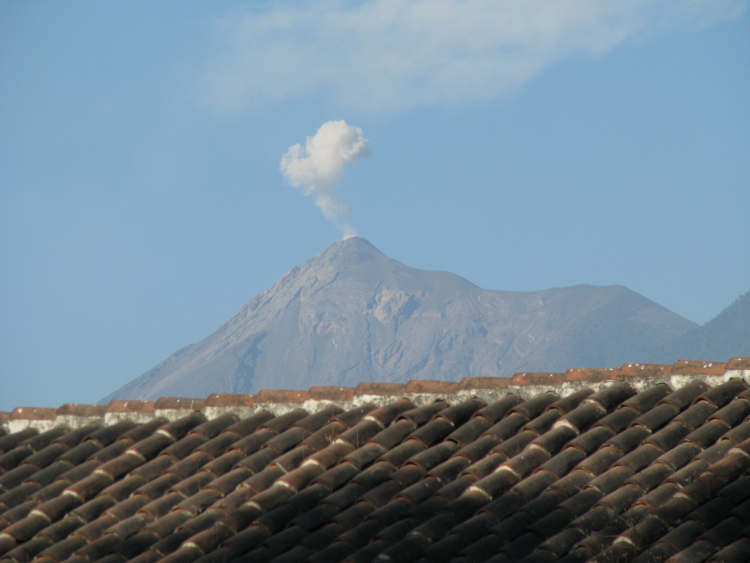
Nearby, we visited a village school followed by a lunch with the family of two of the students. The children sang and danced for us, and the woman we visited for lunch showed Diane how she made textiles.
A short flight from Guatemala City to Flores put us near Tikal. Although, only about 10 square miles have been excavated out of over 200 square miles containing thousands of buried structures, Tikal remains the largest excavated site in the Americas.
Our final day in Guatemala was spent visiting Yaxhá and traveling to Belize. Like Tikal, Yaxhá has several impressive structures that have excavated and many more which have not. Interestingly, Yaxhá was the location for the 2006 season of the TV show Survivor.
The last of the Mayan sites on our itinerary was Lamanai, in Belize. It is special because it was inhabited continuously for over 3000 years, much longer than most of the other Mayan sites. To get there, we spent nearly an hour on a boat winding its way through 26 miles of the sometimes very narrow, tree-lined channels of the New River.
Lamanai boasts three main temples: the Jaguar, named for its jaguar-like decoration; the Mask, adorned by a 13-foot stone mask; and the High, offering a panoramic view from its summit.
Our tour concluded with some staying for another week at resorts in Belize and some, like us, heading for home.
